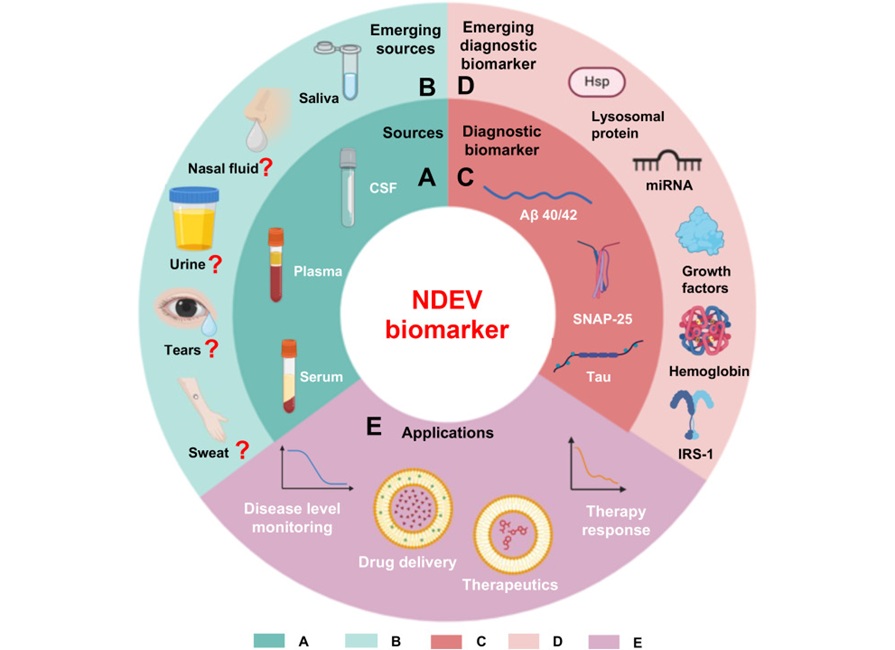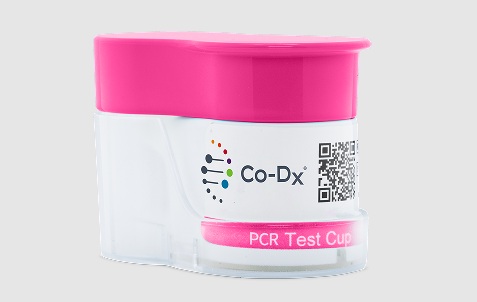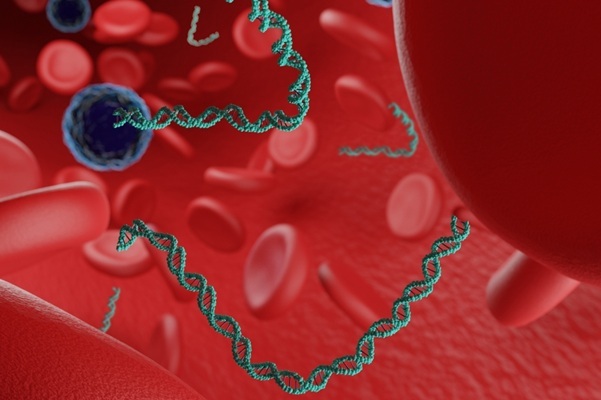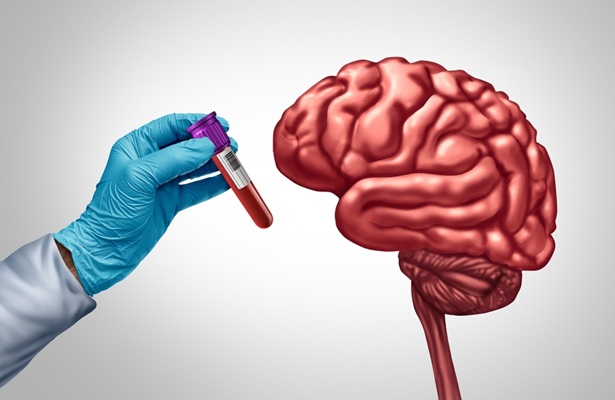Crohn's Disease-Associated Bacteria Tolerate Antibiotics
|
By LabMedica International staff writers Posted on 26 Nov 2019 |

Image: Axio Vert.A1 inverted microscope (Photo courtesy of Carl Zeiss)
Crohn's disease is a chronic disease that causes inflammation and irritation in the digestive tract. The disease is characterized by an imbalance in the intestinal microbiome. In particular, adherent-invasive Escherichia coli (AIEC) strains have been implicated in the disease.
The diversity of virulence factors displayed by multiple AIEC strains suggests that members of this pathovar have evolved different strategies to colonize their hosts. AIEC ability to persist, and in some cases replicate within macrophages is particularly intriguing. A reference strain for this pathovar, AIEC LF82, forms micro-colonies within phagolysosomes, an environment that prevents commensal E. coli multiplication.
Microbiologists at the Université Paris Sciences et Lettres (Paris, France) and their associates used single-cell analysis, genetic dissection and mathematical models to monitor the growth status and cell cycle regulation of intracellular AIEC LF82. The investigators infected cells resulting in the observation of three LF82 bacteria per macrophage on average at 1 hour. Imaging was performed on an inverted Zeiss Axio Imager (Jena, Germany) with a spinning disk CSU W1 (Yokogawa, Tokyo, Japan).
The team also performed antibiotic challenge and viable bacterial count using the gentamycin protection assay, fluorescence quantification, live and dead assays using the Live and Dead BacLight Viability kit (Thermo Fisher Scientific, Waltham, MA, USA), measurement of gene expression by RT-qPCR using a MyiQ real-time qPCR machine (Bio-Rad, Hercules, CA, USA).
The scientists reported that they found that within macrophages, bacteria may replicate or undergo non-growing phenotypic switches. This switch results from stringent response firing immediately after uptake by macrophages or at later stages, following genotoxic damage and SOS induction during intracellular replication. Importantly, non-growers resist treatment with various antibiotics. Thus, intracellular challenges induce AIEC LF82 phenotypic heterogeneity and non-growing bacteria that could provide a reservoir for antibiotic-tolerant bacteria responsible for relapsing infections. Importantly, non-growers resist treatment with various antibiotics.
The authors concluded that intracellular challenges induce AIEC LF82 phenotypic heterogeneity and non-growing bacteria that could provide a reservoir for antibiotic-tolerant bacteria responsible for relapsing infections. The study was published on November 14, 2019 in the journal PLOS Pathogens.
Related Links:
Université Paris Sciences et Lettres
Carl Zeiss
Yokogawa
Thermo Fisher Scientific
Bio-Rad
The diversity of virulence factors displayed by multiple AIEC strains suggests that members of this pathovar have evolved different strategies to colonize their hosts. AIEC ability to persist, and in some cases replicate within macrophages is particularly intriguing. A reference strain for this pathovar, AIEC LF82, forms micro-colonies within phagolysosomes, an environment that prevents commensal E. coli multiplication.
Microbiologists at the Université Paris Sciences et Lettres (Paris, France) and their associates used single-cell analysis, genetic dissection and mathematical models to monitor the growth status and cell cycle regulation of intracellular AIEC LF82. The investigators infected cells resulting in the observation of three LF82 bacteria per macrophage on average at 1 hour. Imaging was performed on an inverted Zeiss Axio Imager (Jena, Germany) with a spinning disk CSU W1 (Yokogawa, Tokyo, Japan).
The team also performed antibiotic challenge and viable bacterial count using the gentamycin protection assay, fluorescence quantification, live and dead assays using the Live and Dead BacLight Viability kit (Thermo Fisher Scientific, Waltham, MA, USA), measurement of gene expression by RT-qPCR using a MyiQ real-time qPCR machine (Bio-Rad, Hercules, CA, USA).
The scientists reported that they found that within macrophages, bacteria may replicate or undergo non-growing phenotypic switches. This switch results from stringent response firing immediately after uptake by macrophages or at later stages, following genotoxic damage and SOS induction during intracellular replication. Importantly, non-growers resist treatment with various antibiotics. Thus, intracellular challenges induce AIEC LF82 phenotypic heterogeneity and non-growing bacteria that could provide a reservoir for antibiotic-tolerant bacteria responsible for relapsing infections. Importantly, non-growers resist treatment with various antibiotics.
The authors concluded that intracellular challenges induce AIEC LF82 phenotypic heterogeneity and non-growing bacteria that could provide a reservoir for antibiotic-tolerant bacteria responsible for relapsing infections. The study was published on November 14, 2019 in the journal PLOS Pathogens.
Related Links:
Université Paris Sciences et Lettres
Carl Zeiss
Yokogawa
Thermo Fisher Scientific
Bio-Rad
Latest Microbiology News
- New UTI Diagnosis Method Delivers Antibiotic Resistance Results 24 Hours Earlier
- Breakthroughs in Microbial Analysis to Enhance Disease Prediction
- Blood-Based Diagnostic Method Could Identify Pediatric LRTIs
- Rapid Diagnostic Test Matches Gold Standard for Sepsis Detection
- Rapid POC Tuberculosis Test Provides Results Within 15 Minutes
- Rapid Assay Identifies Bloodstream Infection Pathogens Directly from Patient Samples
- Blood-Based Molecular Signatures to Enable Rapid EPTB Diagnosis
- 15-Minute Blood Test Diagnoses Life-Threatening Infections in Children
- High-Throughput Enteric Panels Detect Multiple GI Bacterial Infections from Single Stool Swab Sample
- Fast Noninvasive Bedside Test Uses Sugar Fingerprint to Detect Fungal Infections
- Rapid Sepsis Diagnostic Device to Enable Personalized Critical Care for ICU Patients
- Microfluidic Platform Assesses Neutrophil Function in Sepsis Patients
- New Diagnostic Method Confirms Sepsis Infections Earlier
- New Markers Could Predict Risk of Severe Chlamydia Infection
- Portable Spectroscopy Rapidly and Noninvasively Detects Bacterial Species in Vaginal Fluid
- CRISPR-Based Saliva Test Detects Tuberculosis Directly from Sputum
Channels
Clinical Chemistry
view channel
Compact Raman Imaging System Detects Subtle Tumor Signals
Accurate cancer diagnosis often depends on labor-intensive tissue staining and expert pathological review, which can delay results and limit access to rapid screening. These conventional methods also make... Read more
Noninvasive Blood-Glucose Monitoring to Replace Finger Pricks for Diabetics
People with diabetes often need to measure their blood glucose multiple times a day, most commonly through finger-prick blood tests or implanted sensors. These methods can be painful, inconvenient, and... Read moreMolecular Diagnostics
view channel
Neuron-Derived Extracellular Vesicles Could Improve Alzheimer’s Diagnosis
Alzheimer’s disease is becoming increasingly common as global populations age, yet effective treatments for advanced stages remain limited. Early detection is therefore critical, but current diagnostic... Read more
Sample Prep Instrument to Empower Decentralized PCR Testing for Tuberculosis
Tuberculosis remains the deadliest infectious disease worldwide despite being both treatable and curable when diagnosed early. A major barrier to timely diagnosis is that PCR-based TB testing is still... Read more
Endometriosis Blood Test Could Replace Invasive Laparoscopic Diagnosis
Endometriosis affects an estimated 1 in 10 women globally, yet diagnosis can take 7 to 10 years on average due to the invasive nature of laparoscopy and lack of accurate, non-invasive tests.... Read more
World's First NGS-Based Diagnostic Platform Fully Automates Sample-To-Result Process Within Single Device
Rapid point-of-need diagnostics are of critical need, especially in the areas of infectious disease and cancer testing and monitoring. Now, a direct-from-specimen platform that performs genomic analysis... Read moreHematology
view channel
MRD Tests Could Predict Survival in Leukemia Patients
Acute myeloid leukemia is an aggressive blood cancer that disrupts normal blood cell production and often relapses even after intensive treatment. Clinicians currently lack early, reliable markers to predict... Read more
Platelet Activity Blood Test in Middle Age Could Identify Early Alzheimer’s Risk
Early detection of Alzheimer’s disease remains one of the biggest unmet needs in neurology, particularly because the biological changes underlying the disorder begin decades before memory symptoms appear.... Read more
Microvesicles Measurement Could Detect Vascular Injury in Sickle Cell Disease Patients
Assessing disease severity in sickle cell disease (SCD) remains challenging, especially when trying to predict hemolysis, vascular injury, and risk of complications such as vaso-occlusive crises.... Read more
ADLM’s New Coagulation Testing Guidance to Improve Care for Patients on Blood Thinners
Direct oral anticoagulants (DOACs) are one of the most common types of blood thinners. Patients take them to prevent a host of complications that could arise from blood clotting, including stroke, deep... Read moreImmunology
view channel
Ultrasensitive Liquid Biopsy Demonstrates Efficacy in Predicting Immunotherapy Response
Immunotherapy has transformed cancer treatment, but only a small proportion of patients experience lasting benefit, with response rates often remaining between 10% and 20%. Clinicians currently lack reliable... Read more
Blood Test Could Identify Colon Cancer Patients to Benefit from NSAIDs
Colon cancer remains a major cause of cancer-related illness, with many patients facing relapse even after surgery and chemotherapy. Up to 40% of people with stage III disease experience recurrence, highlighting... Read morePathology
view channel
AI Tool Simultaneously Identifies Genetic Mutations and Disease Type
Interpreting genetic test results remains a major challenge in modern medicine, particularly for rare and complex diseases. While existing tools can indicate whether a genetic mutation is harmful, they... Read more
Rapid Low-Cost Tests Can Prevent Child Deaths from Contaminated Medicinal Syrups
Medicinal syrups contaminated with toxic chemicals have caused the deaths of hundreds of children worldwide, exposing a critical gap in how these products are tested before reaching patients.... Read more
Tumor Signals in Saliva and Blood Enable Non-Invasive Monitoring of Head and Neck Cancer
Head and neck cancers are among the most aggressive malignancies worldwide, with nearly 900,000 new cases diagnosed each year. Monitoring these cancers for recurrence or relapse typically relies on tissue... Read moreTechnology
view channel
AI Predicts Colorectal Cancer Survival Using Clinical and Molecular Features
Colorectal cancer is one of the most common and deadly cancers worldwide, and accurately predicting patient survival remains a major clinical challenge. Traditional prognostic tools often rely on either... Read more
Diagnostic Chip Monitors Chemotherapy Effectiveness for Brain Cancer
Glioblastoma is one of the most aggressive and fatal brain cancers, with most patients surviving less than two years after diagnosis. Treatment is particularly challenging because the tumor infiltrates... Read moreIndustry
view channel
BD and Penn Institute Collaborate to Advance Immunotherapy through Flow Cytometry
BD (Becton, Dickinson and Company, Franklin Lakes, NJ, USA) has entered into a strategic collaboration with the Institute for Immunology and Immune Health (I3H, Philadelphia, PA, USA) at the University... Read more




 assay.jpg)













